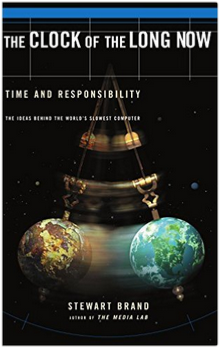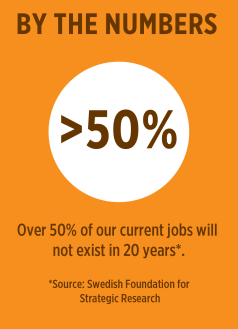On Challenge-driven Innovation |

|

In these times of major challenges wherever you turn, I have been wondering why challenge-driven innovation is not used to a larger extent. Challenge-driven innovation is when you drive innovation by issuing a challenge – often in the form of a contest – in some area. The goal of challenge-driven innovation is to create transformational change in a specific area, usually something greatly needed to deal with environmental or societal issues. So the key word here is challenge. The goal of the challenge should be – challenging, but not completely unrealistic. The classic example of challenge-driven innovation is JFK´s “moon speech”, when John F Kennedy said that the US would put a man on the moon within a decade – without actually having the technology to do it. At the time, in 1962, JKF had a need to unite the nation behind something big – in this case, winning the space race over the Soviets. And this challenge seemed almost impossible. Almost – but not completely – impossible. In just 8 years, technologies were indeed developed that, in July 1969, let Neil Armstrong walk on the moon.
Another entity that has successfully used challenge-driven innovation is DARPA (Defense Advanced Research Projects Agency, www.darpa.mil), the US military research agency. DARPA´s official objective is to “make pivotal investments in breakthrough technology for national security”. While you may be weary of US national security after a few years with scandals and whistle-blowing, what actually happens is that, with increasing speed, the breakthrough technologies developed in these challenges reach the open market – where they are used to advance areas of the utmost importance for all of us if we are to survive on this planet. A few examples of technologies developed through challenge-driven innovation is the internet, GPS-technology and the self-driving car. These breakthroughs have been developed through developing an innovation ecosystem that includes academic, corporate and governmental partners. The DARPA Challenges are prize competitions, with cash awards in the millions (USD)
I believe these things are key to bringing innovation to the market; to combine the forces of academia, industry and government, not for military goals, but for societal ones. That is why I was really pleased when, while writing this post, I read that Vinnova (the Swedish Innovation Agency) has decided to adopt a challenge-driven strategy. The goal is to “address essential or critical needs, in society and industry”, and “promoting new, cross-sector collaborations to find solutions to the needs”. I applaud this decision and eagerly await the results!




